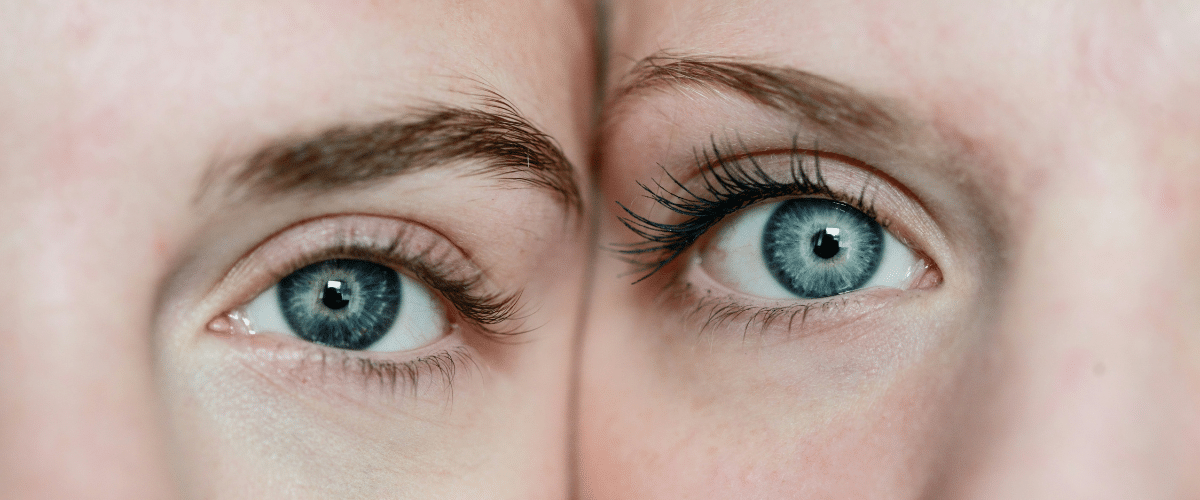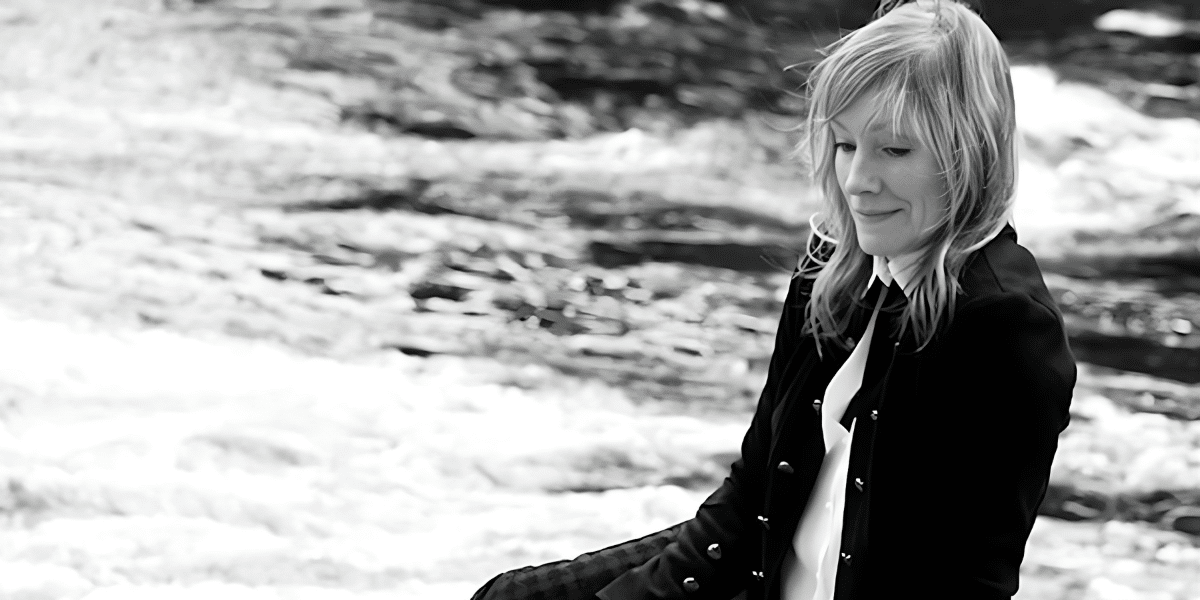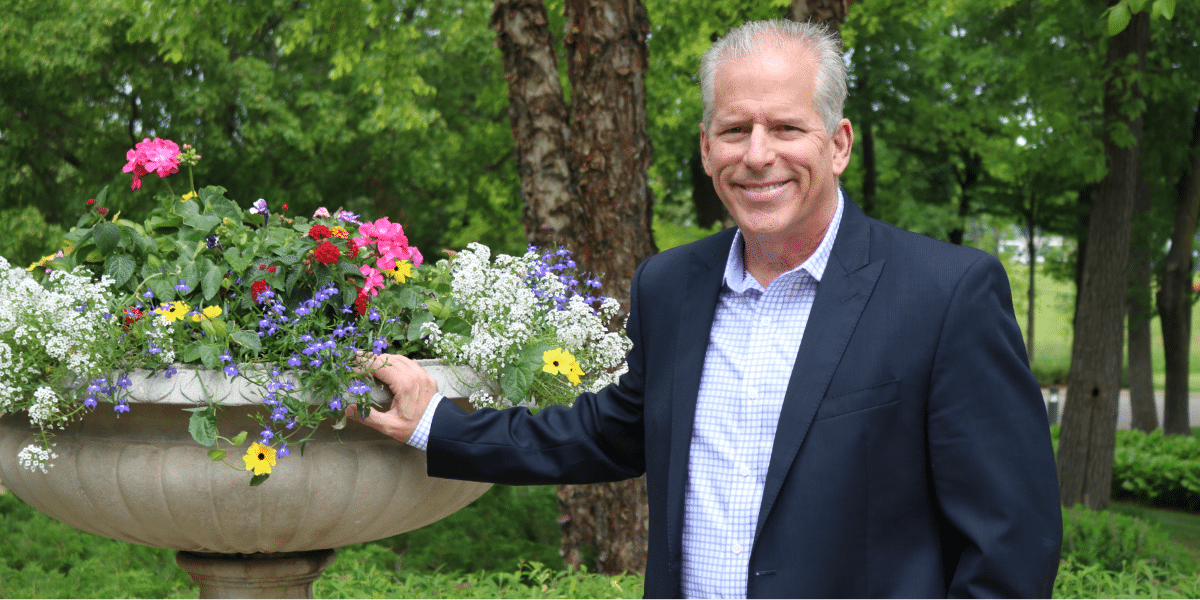Jealousy is an emotion that can cast a shadow over the brightest of relationships, leaving individuals feeling insecure, anxious, and even ashamed. For those who identify with the anxious preoccupied attachment style ( referred to as the love style), jealousy can be an even more complex and challenging emotion to grapple with.
In this article, we’ll delve into the world of jealousy within the context of Integrated Attachment Theory ™ (IAT), drawing insights from Thais Gibson, the founder of The Personal Development School.
Anxious Preoccupied & Jealousy
Individuals with an anxious preoccupied attachment style often find themselves navigating the treacherous waters of self-doubt and insecurity in their relationships. They tend to take on excessive personal responsibility for any perceived issues in the relationship, constantly ruminating on thoughts like, “If only I were smarter,” “If only I were more interesting,” or “If only I were better looking.” This self-critical perspective can lead to a cycle of diminishing their own needs and worthiness within the relationship.
Jealousy, for those with an anxious preoccupied attachment style, often arises from a similar pattern of self-blame and self-minimization. Rather than recognizing jealousy as a natural emotional response, they tend to internalize it as a personal failure. Gibson astutely points out that jealousy, in its essence, is a trauma response deeply rooted in the fear of not surviving without attention.
The Roots of Jealousy: Childhood Conditioning
In an article with US Insider, Gibson discussed and analyzed jealousy and its grip on the anxious preoccupied individual. She states that our early years play a pivotal role in shaping our attachment styles and emotional responses in adulthood. As children, we are wired to seek attention and attunement from our caregivers, as our very survival depends on it.
Gibson explains that as an anxious preoccupied child, one often faces inconsistent patterns of caregiving. These inconsistencies can create a deep-seated need for approval and attention, which becomes intertwined with the primal need for survival. Essentially, the child associates consistent attention and attunement with safety and fears that the absence of such attention could pose a threat to their survival.
For children with siblings close in age, the complexity of jealousy often intensifies. Gibson observes a recurring pattern where individuals with such age-gap siblings tend to grapple with jealousy more as adults. This phenomenon can be attributed to the perception of competition for attention, magnifying the intertwining of survival and approval needs.
The Adult Relationship and Attachment Figures
As we mature into adulthood, our primary attachment figures shift from caregivers to romantic partners. The early stages of romantic relationships often mirror aspects of childlike behavior, with couples using pet names and engaging in behaviors reminiscent of childhood. This transition underscores the significance of these adult relationships as primary attachment figures.
When an anxious preoccupied individual’s romantic partner directs attention toward someone else, it triggers a profound emotional response. The subconscious mind, functioning like a well-organized filing cabinet, draws upon stored memories and feelings from childhood. This surge of memories amplifies the emotional intensity, leading to feelings of hurt, anger, and intense fear.
It’s crucial to distinguish between jealousy and envy. While both emotions revolve around comparison, envy is more about longing for something that another person possesses. Envy often points to unmet desires or aspects of oneself that have been neglected. Jealousy, on the other hand, is a possessiveness-driven response linked to unresolved childhood traumas and the fear of not having ones needs met.
Reconditioning Jealousy
Jealousy is not an innate trait but rather a product of past traumatic events, even if they were relatively minor. It can be reconditioned and transformed. Gibson suggests a three-step solution for overcoming jealousy:
- Somatic Processing: Acknowledge and process the physical sensations and emotions associated with jealousy. Often, this involves recognizing feelings of panic and fear in the body.
- Work on Core Wounds: Delve into the underlying core wounds and fears that trigger jealousy. Understanding the roots of these emotions is essential for healing.
- Somatic Release: Learning to somatically process emotions is crucial. Rather than suppressing or judging oneself for feeling jealous, individuals should embrace their emotions and work through them in a healthy way.
Jealousy, particularly for those with an anxious preoccupied attachment style, is a complex emotion rooted in childhood experiences and the fear of not having ones emotional needs met. Integrated Attachment Theory™ , as explained by Thais Gibson, sheds light on the origins of jealousy and offers a path to healing and personal growth. It is essential for individuals to recognize that jealousy is not a personal failing but a trauma response that can be transformed through somatic processing and self-compassion. By understanding and addressing the root causes of jealousy, individuals can cultivate healthier, more secure attachments and relationships. To learn more about how to overcome your jealousy, reach out to The Personal Development School.






